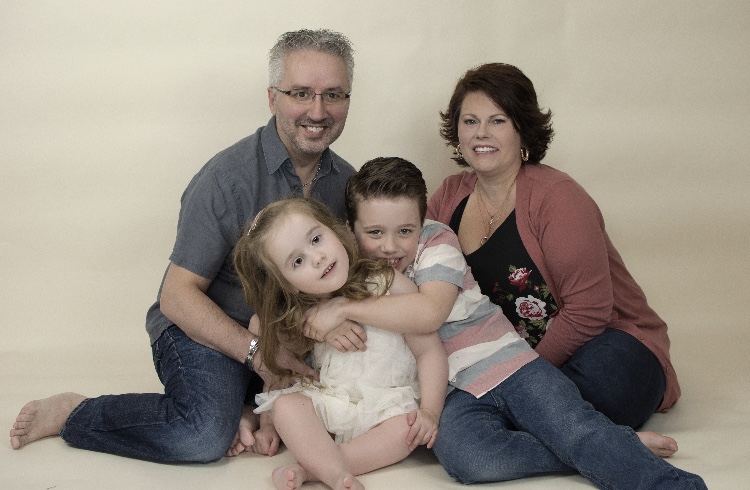-
Hanley Svane posted an update 3 days, 4 hours ago
When parents learn that their newborn has Down syndrome, they can’t help but feel devastated. To them, it will seem that their infant was given birth to a lesser being as opposed to a healthy babe. Seeing the physical manifestations of this genetic condition renders all parents anxious in terms of bringing up a kid who has it. But there’s you should not despair. Many people who have Down syndrome are healthy. Some head to school, enjoy sports, and socialize. But some might require medical care for possible birth defects and also other congenital problems.
According on the National Down Syndrome Society, one out of 733 babies born inside United States, or about 400,000 Americans, has Down syndrome. This genetic disorder strikes the growth and continuing development of the child causing delays in the or her cognitive abilities. This is where occupational therapy for Down syndrome also comes in. Occupational therapy practitioners help individuals with Down syndrome become independent by teaching them how you can care for oneself like putting on a costume or eating, refining their coordination skills, as well as other activities that will make them live an ordinary life.
What would be the physical manifestations of Down syndrome? Babies born by it usually have small features. From developing a compressed face using a flat nose as well as a small mouth, to almond-shaped eyes that slant up, small ears, short neck, small hands and feet, short tall. They also have low muscle tone that they look limp and they’ve poor head control. They look so delicate and frail.
There are other manifestations since they grow, such as congenital heart defects, loss in hearing in a or both ears, intellectual and developmental disabilities (like walking, standing up, as well as other motor skills), insomnia issues (like snore), and vision problems. They also get sick easily and may contract infection or diseases faster than these who do not have Down syndrome.
All throughout these impediments, occupational therapy practitioners play a crucial role in the lives of people who have Down syndrome. Aside from physically and psychologically enabling the individual, these occupational therapists assist the family members understand and appreciate the situation. They also prepare family members psychologically, enabling the parents, particularly the mother, to effectively care for the individual during its infancy. These therapists also set the oldsters’ expectations of the child with Down syndrome, guiding them step by step on how the treatment is progressing.
There may also be cases where occupational therapy practitioners are also present inside classroom. This is to improve the communication skills of the kid through handwriting, drawing, and other issues that must be addressed in order for a child to adapt in a social setting. Adults who have Down syndrome also take advantage of occupational therapy, since they try to be productive at the job, learn skills that permit them to live independently, and be physically active for any healthy lifestyle.
Parents should put importance on the well-being of the individual from its infancy to adulthood. The need for professional occupational care is readily available and accessible. Read more about Down syndrome, ask friends how they cope, and quite a few of all, consult a occupational therapy at home West Palm Beach. Some have misdiagnosed Down syndrome with autism but we must be sure we get the right diagnosis.

Living with depression and anxiety. Raising a child with cereabal palsy. The ups and downs of life; the rain and the sunshine!